Implementing the PEMEA standard changes the emergency apps landscape by demonstrating cross-border interconnections.
Citizens throughout Europe trust emergency apps as a fast and intuitive way of reaching emergency services. Currently, apps can also provide communication channels like chat and audio-video, improving accessibility for users, together with accurate mobile-based position and tracking during the emergency situation.
But the range of action of emergency apps is limited to their country, or even region, of download – how can they adapt to the growing mobility of citizens in Europe and ensure their safety?
Making it happen: the PEMEA project
The solution lies in the PEMEA (the Pan-European Mobile Emergency App) architecture, a technical architecture that allows emergency apps to interconnect with each other even as the user crosses borders. This way, an app from country A to continue working on country B, avoiding for the user to download extra apps or risk being unable to reach emergency services.
The concept is based on a technical specification published by ETSI and designed to enable, control and standardise the data communication between applications and PSAPs (Public Safety Answering Points). Implementation of PEMEA was kickstarted in September 2018 with an EENA project that has brought together providers Deveryware and Beta 80 to deploy the network’s elements in real-life scenarios.
After running for two years, the project now concludes having successfully validated the conformance of eight Public Safety Answering Points (PSAPs) in Europe and eleven apps to the PEMEA standard.
Split in two phases, the project’s Phase I project focused on demonstrating PEMEA’s capability of enabling real applications to access emergency services provided by real PSAPs across a range of regions and countries throughout Europe. This Phase concluded in April 2019 with the publication of a report detailing these results and laying out the framework for Phase II.
The second and last phase was conducted from November 2019 to May 2020 and looked into enabling the roaming of apps offering multimedia communication (chat and audio-video). The PEMEA network has been able to provide PSAPs with media servers that allows them to communicate with a person in need of assistance. This way, apps that could previously only be used by citizens to contact the local emergency services could now be used to contact any PSAP in Europe connected to the PEMEA network through a standardised procedure.
Access now the final PEMEA Report to discover the network’s operational procedures, use cases and comprehensive test cases developed by project partners. You can also consult the PEMEA GDPR Conformance Statement, laying out the grounds for processing potentially sensitive information and identifies how PEMEA conforms with current data protection regulations.
What comes next?
As the EENA project concludes, partners will continue working towards the objective of allowing all European citizens to use their local emergency apps outside their regions.
The PEMEA network is now ready to connect new Apps and PSAPs in Europe, with initiatives currently undergoing in Romania, regions of France, Spain…etc. All interested entities can contact the PEMEA consortium to get connected to the network and take advantage of the roaming interoperability.
To get in contact and be part of the PEMEA Consortium, please access here to find the contact information.
—
The PEMEA project has brought together many different organisations across countries for almost two years – we would like to thank everybody involved in making PEMEA a reality, the results achieved could not have been possible without their hard work.
